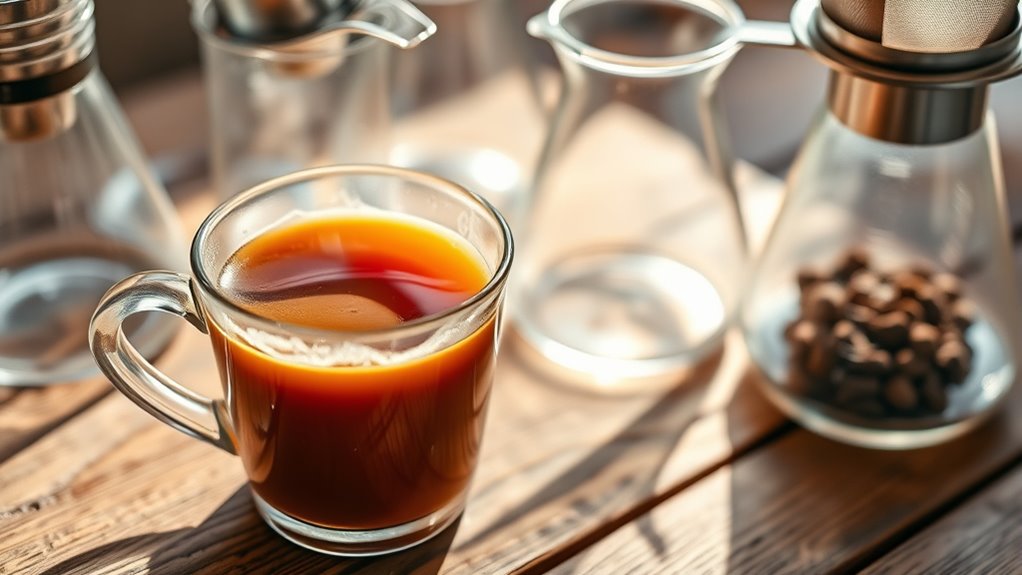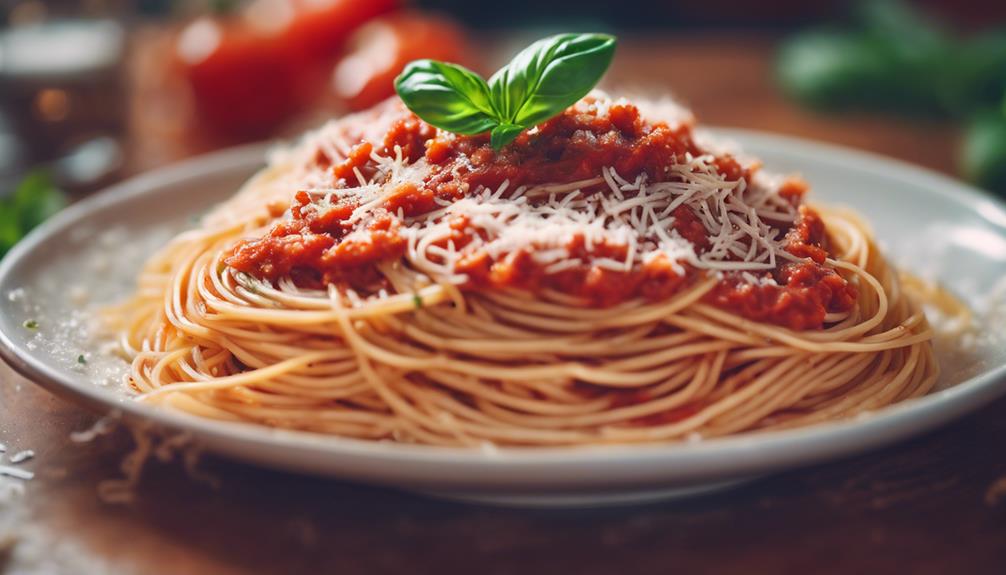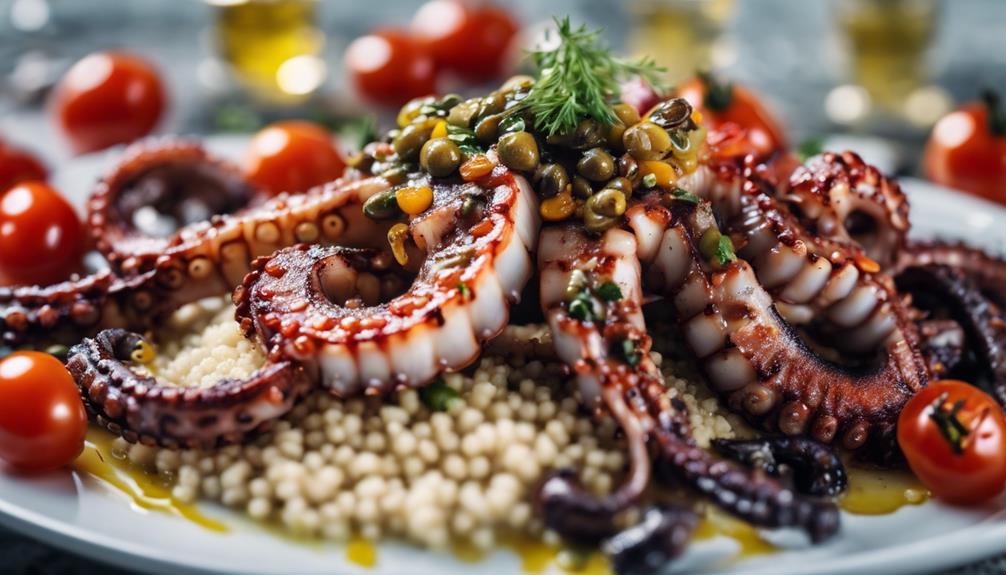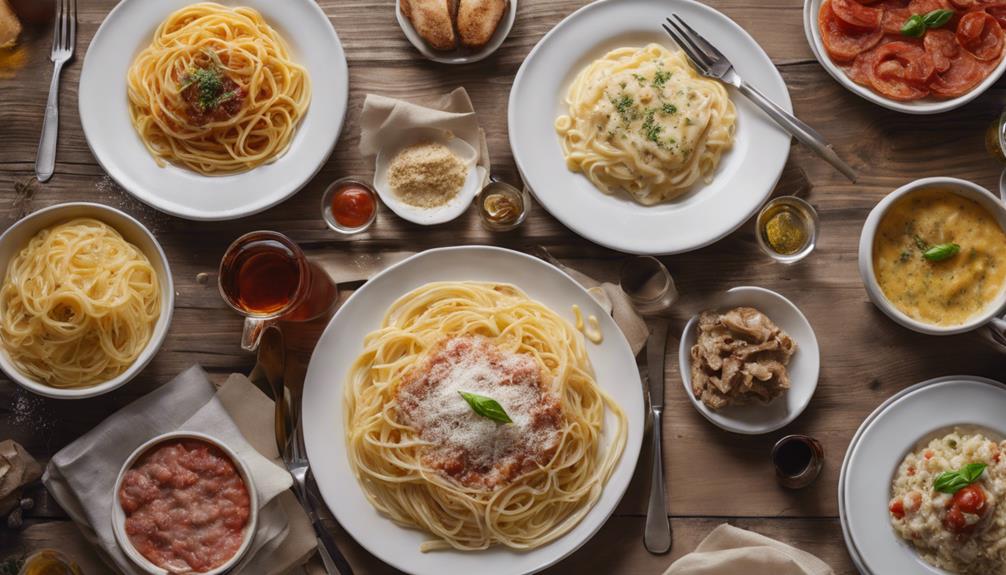Decaffeination removes caffeine from coffee and tea while preserving their flavor and aroma through various methods. Traditional processes used solvents or water, but modern techniques like supercritical CO₂ extraction and Swiss Water rely on natural or chemical-free approaches to keep the drink’s natural qualities intact. These innovations aim to deliver satisfying decaf beverages without sacrificing taste. If you keep exploring, you’ll discover how these techniques truly shape your favorite cups.
Key Takeaways
- Decaffeination methods include solvent-based, Swiss Water, and supercritical CO₂ extraction, each balancing caffeine removal with flavor preservation.
- The Swiss Water process uses water and osmosis to extract caffeine without chemicals, maintaining natural flavor compounds.
- Supercritical CO₂ extraction employs pressurized CO₂ to selectively remove caffeine while preserving aroma and oils.
- Gentle techniques like these help retain the coffee’s original flavor, aroma, and complexity after decaffeination.
- Modern innovations focus on reducing flavor loss and chemical use, ensuring safe, natural, and high-quality decaf coffee.
The Origins of Decaffeination: How It All Began
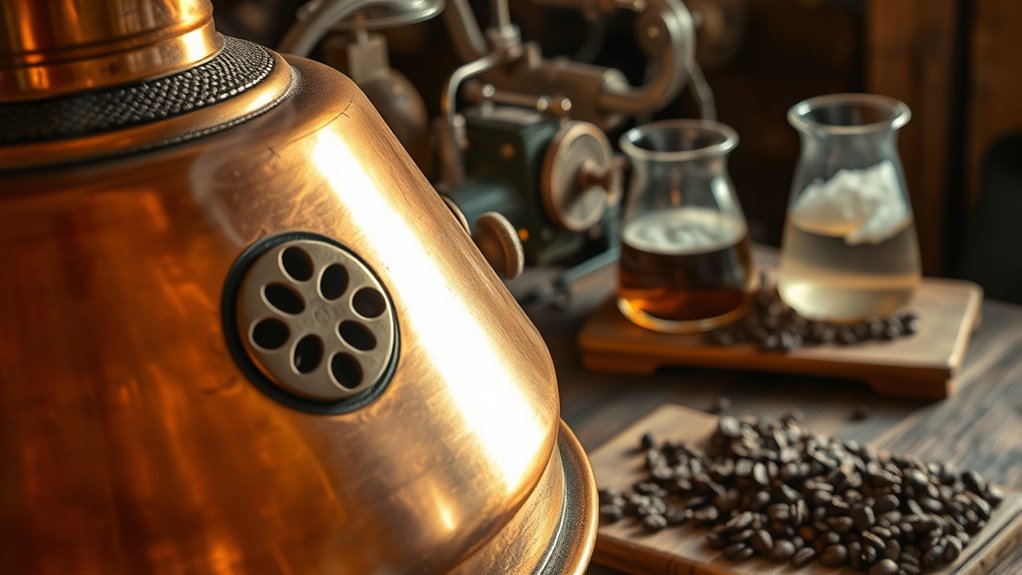
Decaffeination actually dates back to the early 20th century when coffee drinkers seeking to reduce caffeine intake began experimenting with ways to remove the stimulant from their brews. Early methods relied on simple, often crude, techniques rooted in historical practices. For example, some used water or solvents to extract caffeine, reflecting limited scientific understanding at the time. Cultural influences also played a role, as coffee’s popularity spread globally, creating demand for decaffeinated options. These early efforts were driven by health concerns, religious practices, or personal preference, shaping the evolution of decaffeination. Over time, these historical methods laid the groundwork for more sophisticated, efficient processes, influenced by diverse cultural attitudes toward coffee consumption and caffeine moderation.
The Main Methods of Removing Caffeine From Coffee and Tea
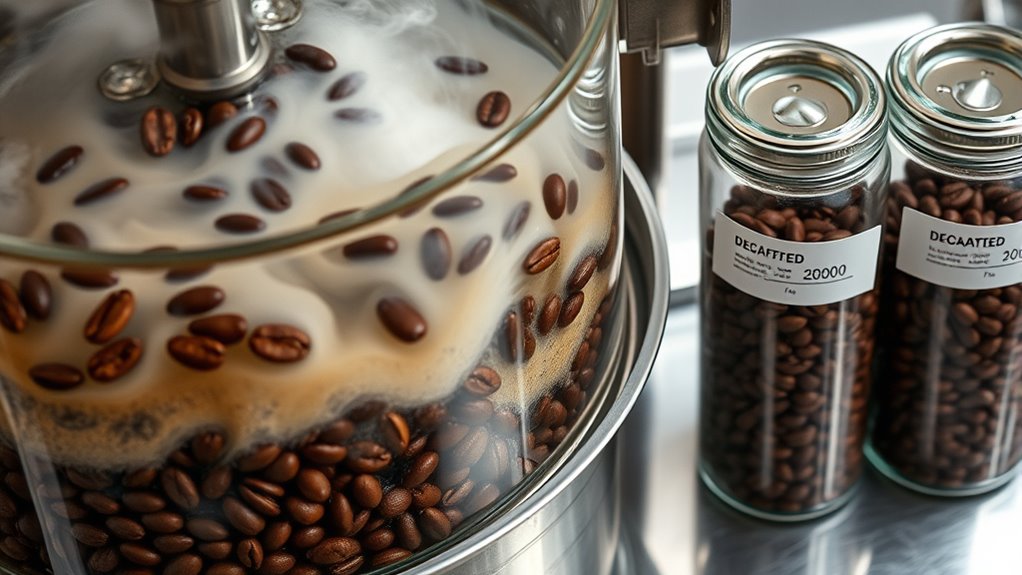
To remove caffeine from coffee and tea, manufacturers primarily rely on a few well-established methods that balance efficiency with preserving flavor. These techniques focus on caffeine extraction while maintaining the beverage’s aroma and taste. The most common methods include solvent-based processes, the Swiss Water Method, and supercritical CO₂ extraction. These methods are essential for decaf brewing, ensuring you get a satisfying cup without the caffeine.
How Decaffeination Preserves Flavor and Aroma
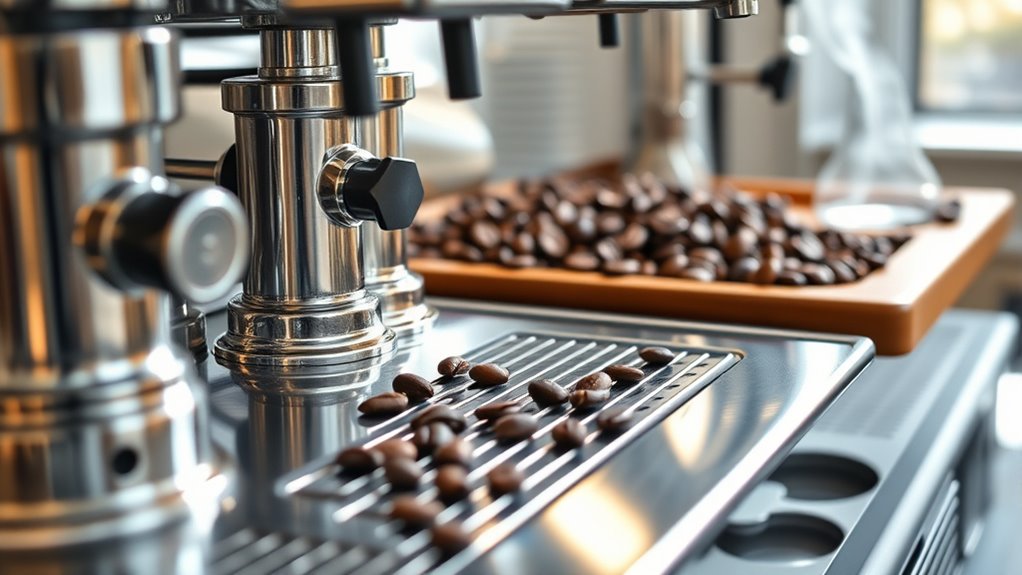
While removing caffeine is important, maintaining the coffee’s rich flavor and inviting aroma is equally essential. Decaffeination techniques focus on maximizing flavor retention and aroma preservation by carefully selecting methods that target caffeine without stripping away key oils and compounds. For example, processes like Swiss Water and supercritical carbon dioxide rely on gentle extraction methods that preserve the coffee’s natural oils, which carry much of its aroma and flavor profile. These techniques avoid harsh chemicals or high temperatures that could degrade the beans’ sensory qualities. Additionally, efficient filtration methods help retain volatile compounds that contribute to the coffee’s complex aroma. As a result, decaffeinated coffee retains much of its original character, offering you a satisfying aroma and nuanced flavor, even without the caffeine. This balance ensures you enjoy a rich, flavorful cup every time.
The Impact of Decaf Processes on Coffee and Tea Quality
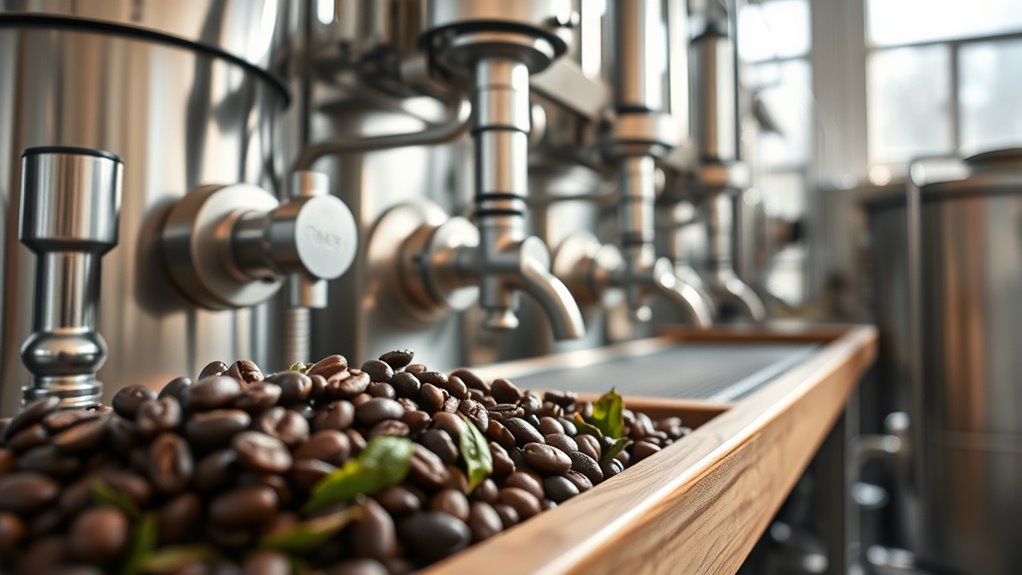
The decaffeination processes can considerably influence both coffee and tea quality, affecting flavor, aroma, and overall sensory experience. Caffeine removal methods vary, and each impacts how well flavor retention is maintained. For example, some processes may strip away more than just caffeine, diminishing the beverage’s richness and subtle nuances. If caffeine removal isn’t carefully managed, the final product might taste flat or dull, losing the complexity you expect. Conversely, gentle methods preserve more of the original flavor profile, ensuring you enjoy a satisfying aroma and taste. The choice of decaf process directly impacts quality, so understanding how different techniques influence flavor retention helps you select better-tasting decaf coffee and tea. Additionally, decaffeination techniques can influence the presence of residual chemicals or processing agents, which may affect the beverage’s purity and safety. Ultimately, a well-executed decaffeination process preserves the integrity of your favorite beverages.
Exploring Modern Innovations in Decaffeination Techniques

Advancements in decaffeination technology have led to more efficient and flavor-preserving methods that benefit both producers and consumers. Modern techniques focus on reducing chemical solvent use and enhancing purity. Here are three innovations transforming the industry:
- Supercritical CO2 extraction uses pressurized carbon dioxide to selectively remove caffeine without chemicals, preserving flavor.
- Ethyl acetate decaffeination employs a natural solvent derived from fruit, offering a more organic approach.
- Water processing methods, like the Swiss Water Process, rely solely on water and osmosis, eliminating chemical residues. These methods also emphasize organically sourced materials and environmentally friendly practices.
These innovations minimize flavor loss and chemical exposure, making decaf coffee taste closer to regular brews. They also meet increasing consumer demand for natural, chemical-free options, ensuring quality and safety in every cup.
Frequently Asked Questions
Does Decaffeination Remove All Caffeine From Coffee and Tea?
Decaffeination doesn’t remove all caffeine from coffee and tea; some residuals remain. You might notice tiny amounts of caffeine still present, though usually very low. This residual caffeine can influence the decaf flavor, sometimes making it slightly different from regular versions. If you’re highly sensitive, it’s worth noting that decaf isn’t entirely caffeine-free, but it’s generally a safe choice to reduce your intake considerably.
Are Decaf Coffee and Tea Healthier Than Their Regular Counterparts?
You might wonder if decaf coffee and tea are healthier, and the answer’s not straightforward. They do have lower caffeine content, which can reduce jitters or sleep issues for sensitive folks. But, some decafs contain trace amounts of caffeine and may have added chemicals during processing. While they offer fewer caffeine-related risks, the health benefits depend on your personal health goals and how you enjoy them daily.
How Long Does the Decaffeination Process Typically Take?
The decaffeination process usually takes between 8 to 16 hours, depending on the method used. You might encounter various decaffeination methods like Swiss Water, solvent-based, or carbon dioxide extraction, each with different processing durations. During this time, caffeine is carefully removed while preserving flavor. So, if you’re curious, ask about the specific decaffeination methods, as they influence how long your decaf coffee spends in production.
Can Decaf Coffee Cause the Same Sleep Issues as Regular Coffee?
You might think decaf won’t affect your sleep, but if you’re caffeine sensitive, it can still cause sleep disruption. Even small amounts of caffeine in decaf coffee can trigger sleep issues, especially if you’re prone to caffeine sensitivity. So, if you notice trouble sleeping after drinking decaf, consider cutting back or avoiding it later in the day to prevent sleep disruption.
Is Decaffeination Effective for Herbal Teas Without Caffeine?
Herbal tea decaffeination isn’t common since most herbal teas naturally contain little to no caffeine. However, if you’re looking to reduce any herbal caffeine removal, some brands offer herbal tea decaffeination. This process aims to minimize caffeine while preserving flavor. Keep in mind, herbal caffeine removal isn’t always perfect, so check labels carefully. If you’re sensitive to caffeine, choose herbal teas explicitly labeled as decaffeinated for peace of mind.
Conclusion
Now that you know the gentle art behind decaf, you can appreciate its subtle journey from bean to cup. Each method carefully balances tradition and innovation, ensuring you enjoy your favorite flavors without the caffeine buzz. So, next time you sip, remember the quiet craftsmanship that preserves aroma and quality—turning a simple decaf into a comforting, nuanced experience. It’s a delicate dance you can truly savor, knowing the story behind every calming cup.
